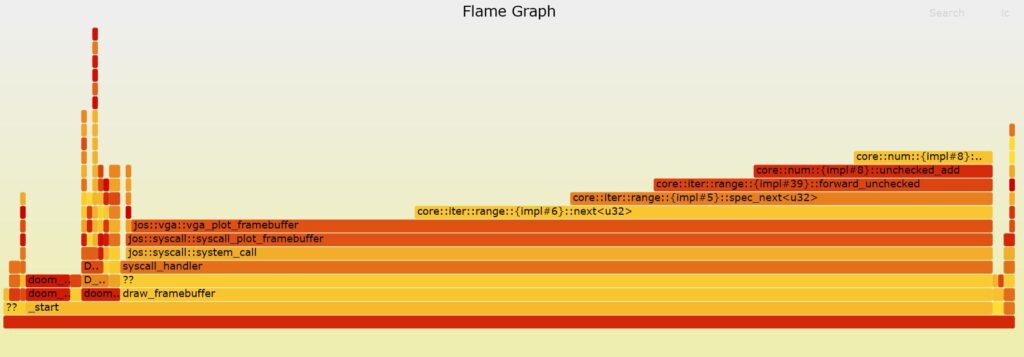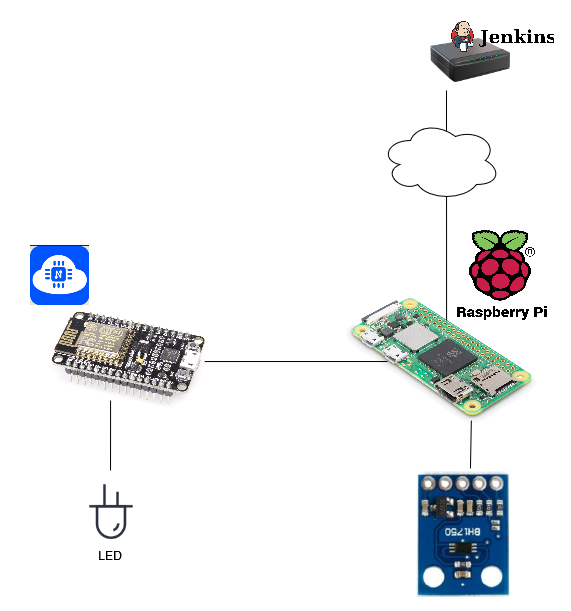As written before, I really like the regular updates provided by Thoughtworks in their Technology Radar. Since the new version #26 was released a few weeks back, I found now the time to put down my notes. My focus is on the applicability of techniques, tools, platforms and languages for automotive software, with a further focus on embedded in-car software. Hence, I am ignoring pure web-development and machine learning/data analytics stuff which usually makes a huge portion of the whole report. Let’s go!
In the techniques section in the „adopt“ circle we initially have „single team remote wall“. In a nutshell I think they mean having a dashboard showing the essential data, kpis and tasks for a remote development team. I think the trick here is the „single“ as I assume that most remote teams have dashboards, however usually multiple ones loosely coupled. In my current team, our Scrum Master has created a great Jira dashboard showing some essential data which could give hints at the team’s performance.
The second noteworthy technique is „documentation quadrants“. Referring to documentation.divio.com/ this provides a nice taxonomy of different documentation types. This is very relatable, as I very often experience a fuzzy mixture of all those types scattered in many places. Certainly this is something I will bring to my work network’s attention.
Third, we have „rethinking remote standups“. This follows a general observation that conducting remote daily standups in the same duration and content like the were recommended in former times (e.g. the typical 15 min Scrum daily) does not provide the same amount of alignment within a development team. This is not necessarily because of the the meeting itself, but because other casual sync occasions during the day are happening less in remote setups. In the radar, its recommended to try an extension to one hour, and of course the goal is to decrease the overall meeting load by this. I am thorn on this one, as I was always a fan of crisp daily meetings, avoiding random rambling on topics concerning only parts of the team. Blocking 1 hour for everyone every day sounds like an overshoot approach.
Next there is again the „software bill of materials“ topic. This is currently a huge topic in the software industry, there have been very concrete examples recently (e.g. the Log4Shell or NPM package events you probably read about). Tool support to transparently and consistently managing the used software in a bigger project is really needed. While in the web and cloud business there is a growing number of tools, in the embedded world there are only some puzzle pieces. I can currently think of some Yocto support for this, however this covers only Linux parts in usually more complex multi-os automotive ECUs.
„Transitional Architecture“ sounds like a promising thing, even though the radar’s description stays a bit vague. Luckily there is an extensive article by Thoughtworks‘ Martin Fowler on this approach. In my opinion, managing legacy software in complex setups is one of the key challenges in the whole software industry, even more so in automotive embedded software, which is characterized by the co-existence of decades old technologies with state of the art approaches. Formalizing the transition from on older architecture to a newer makes sense, as usually this transition is often not architecturally covered as extensively as a the target architecture. This leads to misunderstandings, hacky workarounds and other unwanted side effects to a sustainable development.
Going one circle to the outside, in the „assess“ perimeter, we first find CUPID. Aimed at replacing the SOLID rules with instead a set of properties of „joyful code“, it has some interesting observations and paradigms. Currently I only skipped over it, I think this deserves more time and maybe a dedicated article. However, I can recommend to check out the well written original blogpost by Dan North.
In the „hold“ perimeter we see „miscellaneous platform teams“. In contrast to „platform engineering product teams“ described earlier in the radar, this is kind of a degradation form. If a platform team fails to define a clear product goal and identify its customers, usually the scope becomes (or is) very fuzzy, leading to a unclear platform system. Hence, its strongly recommended to avoid this by achieving clarity of what actually is the scope of the team.
In the platforms sector, I could only identify one relevant blip „GitLab CI/CD“. Recently I see a lot of discouragement of using Jenkins, and of course if you use already Gitlab for its other elements (code hosting, code review, issue tracking) you may as well use it for CI/CD pipelines. For sure its better integrated in the overall Gitlab experience. However its just another vendor-specific DSL, so I wonder if there will be practical standardization on the pipeline definition soon.
Looking at the „Tools“ sector, I found the reference to the two code search tools Comby and Sourcegraph. Besides offering code search and browsing using abstract syntax tree analysis, they are also offering semi-semantical batch changes, enabling „large scale changes“. Comby is an open source tool, while sourcegraph is commercial. I think I will try at least one of them soon.




